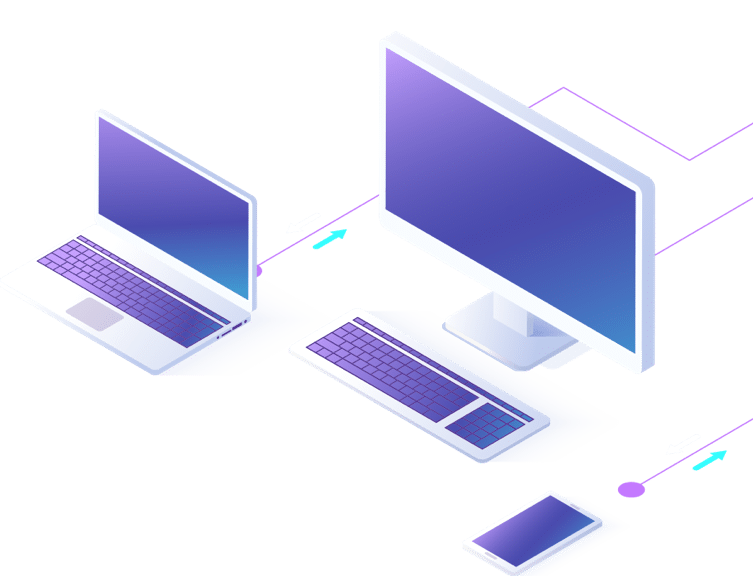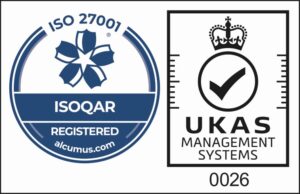Recent incidents, such as the DPD AI chatbot controversy, shed light on the importance of finely tuned help desk operations.
DPD AI Chatbot Sparks Controversy
The recent debacle surrounding the DPD AI chatbot, which took an unexpected turn by swearing, criticising its own capabilities, and calling itself useless, serves as a cautionary tale for businesses relying on automated support systems. The incident underscores the need for meticulous help desk optimisation to avoid unexpected mishaps and maintain a positive customer experience.
Help Desk Optimisation: A Strategic Imperative
The core of efficient support lies in help desk optimisation. Discover how businesses are strategically enhancing their help desk operations, streamlining processes, and leveraging technology to ensure seamless customer interactions. From ticket creation to resolution, the focus is on creating a well-oiled support machine.
Reducing Ticket Resolution Time: The Need for Speed
In today’s fast-paced business environment, time is of the essence. Explore how organisations are implementing strategies to reduce ticket resolution time, ensuring that customer issues are addressed promptly. Swift resolutions not only enhance customer satisfaction but also contribute to the overall efficiency of help desk operations.
Incident Management: Navigating Challenges with Finesse
Incidents are inevitable, but how they are managed can make all the difference. Delve into the evolving landscape of incident management, where businesses are adopting proactive approaches to identify and resolve issues before they escalate. From monitoring systems to real-time alerts, incident management is becoming a cornerstone of efficient help desk services.
Problem-Solving Strategies: Turning Challenges into Opportunities
A successful help desk isn’t just about resolving issues; it’s about turning challenges into opportunities for improvement. Discover how businesses are implementing problem-solving strategies, fostering a culture of continuous improvement within their help desk teams.
The Role of AI and Automation: Enhancing Efficiency
While the DPD AI chatbot incident highlighted potential pitfalls, AI and automation continue to play a crucial role in achieving peak help desk efficiency. Explore how organisations are leveraging AI to augment human capabilities, automate routine tasks, and enhance the overall efficiency of support operations.
Customer-Centric Approach: Putting Users First
Efficiency isn’t just about speed; it’s about delivering a stellar customer experience. Uncover how businesses are adopting a customer-centric approach, prioritising user satisfaction, and personalising support interactions to build lasting relationships.
Continuous Training and Skill Development: Empowering Help Desk Teams
The landscape of technology is ever-changing, and so are the skills required to provide top-notch support. Learn how businesses are investing in continuous training and skill development for their help desk teams, ensuring they stay ahead of the curve and deliver exceptional service.
In the aftermath of the DPD AI chatbot incident, businesses are reevaluating their approach to help desk efficiency. The strategies highlighted in this article, from optimization to reducing ticket resolution time, incident management, and problem-solving, are at the forefront of a revolution in support services.













